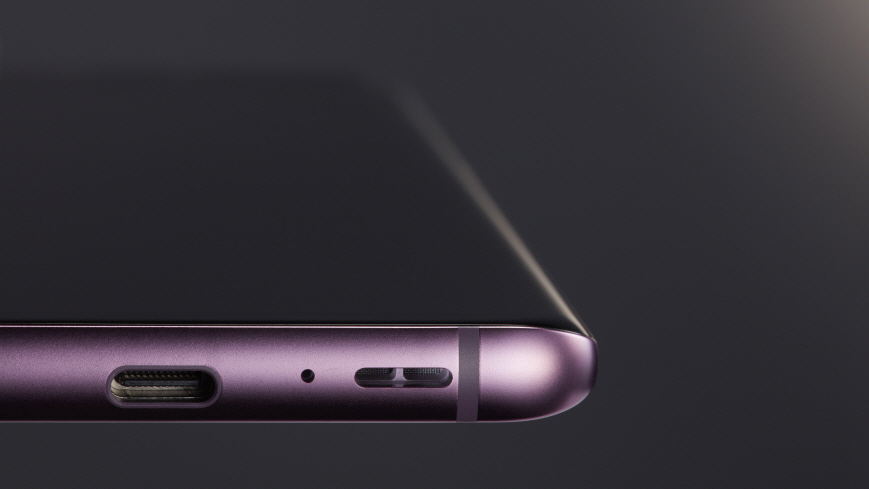The Samsung Galaxy S9 will survive drops that would kill the S8. Here's how
These three tiny design changes have toughened up the new Galaxy


Some near-invisible design changes have been made to the Samsung S9 that should result in it being less likely to break if it gets dropped. That should come as a relief to the slippery fingered.
SamMobile has had a dig into the Galaxy S9's specs. It's compared them with those of the Galaxy S8 and outlined the subtle design changes that should give the S9 a better chance of surviving a fall.
Here are three small but key changes which make the S9 tougher than the S8, making it less likely to smash if it takes a tumble.
1. The Galaxy S9 has thicker front glass
The glass on the front of the Samsung Galaxy S9 is 20% thicker than the glass on the S8, which should make it more durable.
If you want the techie details, the thickness value of the glass on the S9 is 0.6T, while the S8 has glass with a thickness value of 0.5T, apparently.
2. The Galaxy S9 has stronger sides
The rim around the edge of the Samsung Galaxy S9 has been created from a stronger form of aluminium than the sides of the S8 – AL 7003 aluminium on the S9 versus AL 6013 aluminium on the S8.
This change means that the chassis is less likely to deform if the phone is dropped, helping to protect that all-important glass from shattering.
Get all the latest news, reviews, deals and buying guides on gorgeous tech, home and active products from the T3 experts
3. The Galaxy S9 has thicker sides
That aluminium rim isn't just stronger; it's thicker, too, by 0.2 mm. This minuscule increase in thickness, combined with the step-up in strength, means that 20% less shock is transferred from the metal to the glass when the phone is dropped, according to SamMobile.
These design changes make the Galaxy S9 a tiny bit thicker than the S8 – 0.5mm thicker to be precise. If you can tell the difference you should enter a 'guess how thick this phone is' competition.
If you're really worried about dropping your shiny new S9, though, you might want to invest in a case.

Paul Douglas is Global Digital Editorial Strategy Director at Future and has worked in publishing for over 25 years. He worked in print for over 10 years on various computing titles including .net magazine and the Official Windows Magazine before moving to TechRadar.com in 2008, eventually becoming Global Editor-in-Chief for the brand, overseeing teams in the US, UK and Australia. Following that, Paul has been Global Editor-in-Chief of BikeRadar and T3 (not at the same time) and later Content Director working on T3, TechRadar and Tom's Guide. In 2021, Paul also worked on the launches of FitandWell.com and PetsRadar.